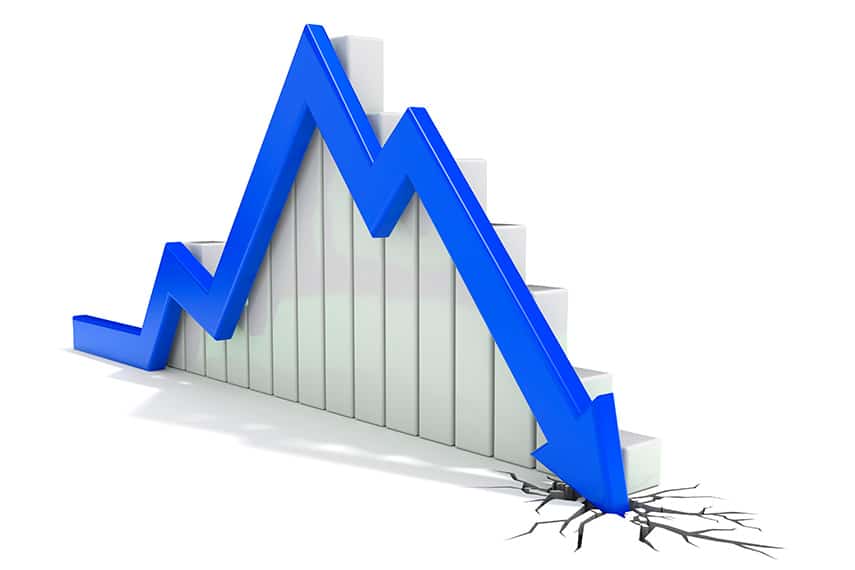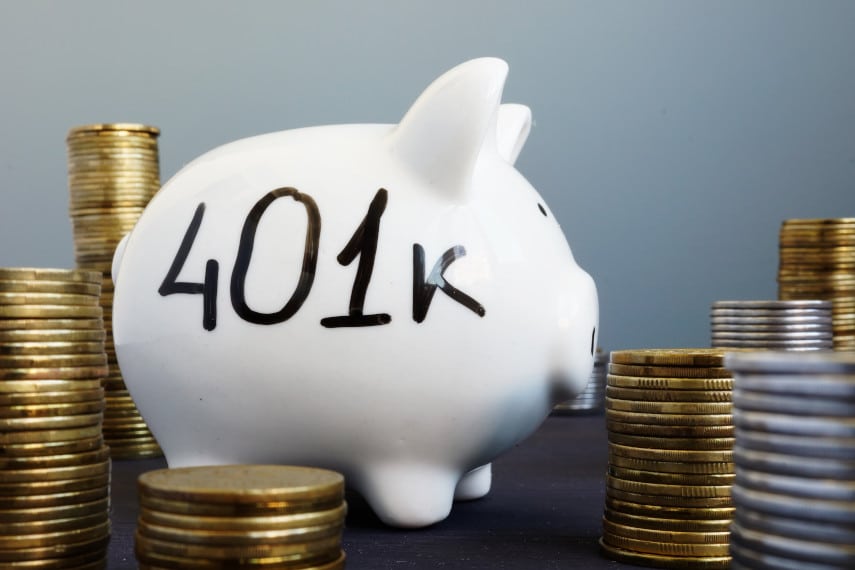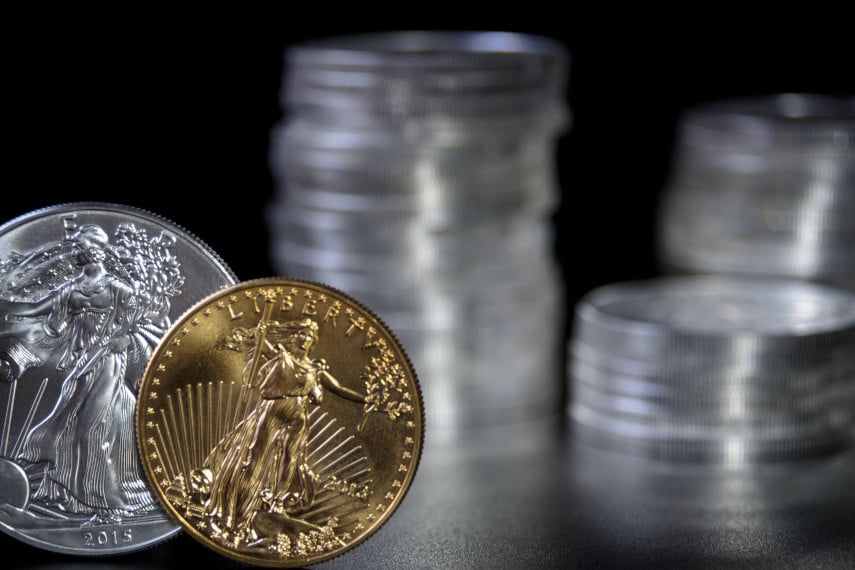
By now it’s clear to many people that stock markets are on the verge of a major decline. But what is scaring many investors is the prospect of a severe crash. While the financial crisis of 2008 was bad, stock markets “only” lost a little over 50% of their value. Were we to experience another market crash like the Great Depression, we could see losses of over 90%. That would devastate every investor in this country, from biggest to smallest.
Markets normally behave quite rationally, with investors looking at economic fundamentals before making their investment decisions. But once a panic begins to take hold, rational thought and logic go out the window. Everyone starts to rush for the exit and get their money before prices drop too low. And the lower prices drop, the more people try to sell and the lower the price they’re willing to accept, as no one wants to be left with absolutely nothing.
Panics are terrible things to witness but they’re almost inevitable, and once they start they are self-reinforcing until everyone has left the market. By that time prices have dropped so low that the few people remaining in the markets feel it’s not worth their time even to try to sell.
What’s really worrying is that the next panic could make all previous panics look like nothing. Due to the meteoric rise in passive investing over the past decade, the next panic could be far worse than 2008.
Passive vs. Active Investing
Active investing is what most people think of when they think of stock market investing. Investors or fund managers are actively looking for stocks that will do better than the rest of the market. Stocks that underperform are sold, while stocks that are underpriced or that investors believe will start to perform better are purchased. That leads to a lively trade in stocks in which various investment portfolios are constantly being diversified and reassessed.
Passive investing, on the other hand, makes use of the knowledge that most actively-invested stock portfolios won’t do better than the overall market. So, following the old adage, since they can’t beat the market they just join the market. That has given rise to passively-invested index funds that try to replicate the performance of stock indexes such as the S&P 500, the Russell 3000, etc.
The problem with those index funds is that, as stocks begin to fall, the funds have to rebalance their portfolios in order to match the index and its performance. That leads them to automatically sell stocks that an active investor might hold on to. That puts additional downward pressure on stock prices, leading to that self-reinforcing panic that just makes things worse and worse. Combine that with the large amount of automated trading that goes on through the use of algorithms and you have the recipe for a perfect storm of a stock market crash.
Passive investing was great for investors who saw the Dow Jones and the S&P 500 making huge gains over the past several years, but now that stock markets are declining millions of investors will see their portfolios diminishing in size as they track indexes ever further downward.
Take an Active Role in Diversifying Your Portfolio
The solution then is for investors to diversify their portfolios. While parking your money in an index fund and not touching it makes you better off decades later versus not doing any saving or investing at all, it’s still not the best strategy for maximizing your wealth.
When you know that stock markets are in a massive bubble, when you know that bubble is going to burst, and when you know that you could face 50-90% losses on your stocks, you owe it to yourself to diversify your assets away from stocks and into assets that can continue gaining value during a recession or at least outperform stocks. With bonds also looking at an impending bear market, most standard financial products are out of the question.
The asset that many investors are looking at right now is gold, which is the classic countercyclical asset. When stocks lost 50% of their value from 2007 to 2009, gold gained 25% and kept right on gaining. Gold is poised for more gains this year, and if stock markets really start to collapse then gold’s price could go through the roof.
With a gold IRA it’s easier than ever to invest in gold. Rollovers of existing assets from a traditional 401(k) or IRA account can be made quickly and tax-free. That allows investors to benefit from gold’s ability to maintain its value in times of financial turmoil while still enjoying all the tax advantages of a traditional retirement account.
When it comes to the safety and well-being of your retirement account, you can’t afford to be passive. It took years for investors to claw their way back to even after the losses during the last financial crisis. Don’t let that happen to you this time around. Take the right steps today to make sure that you can enjoy a prosperous financial future.






